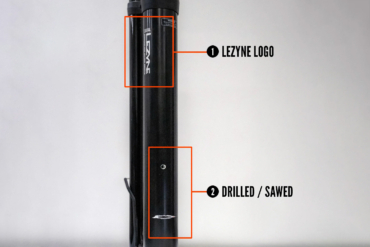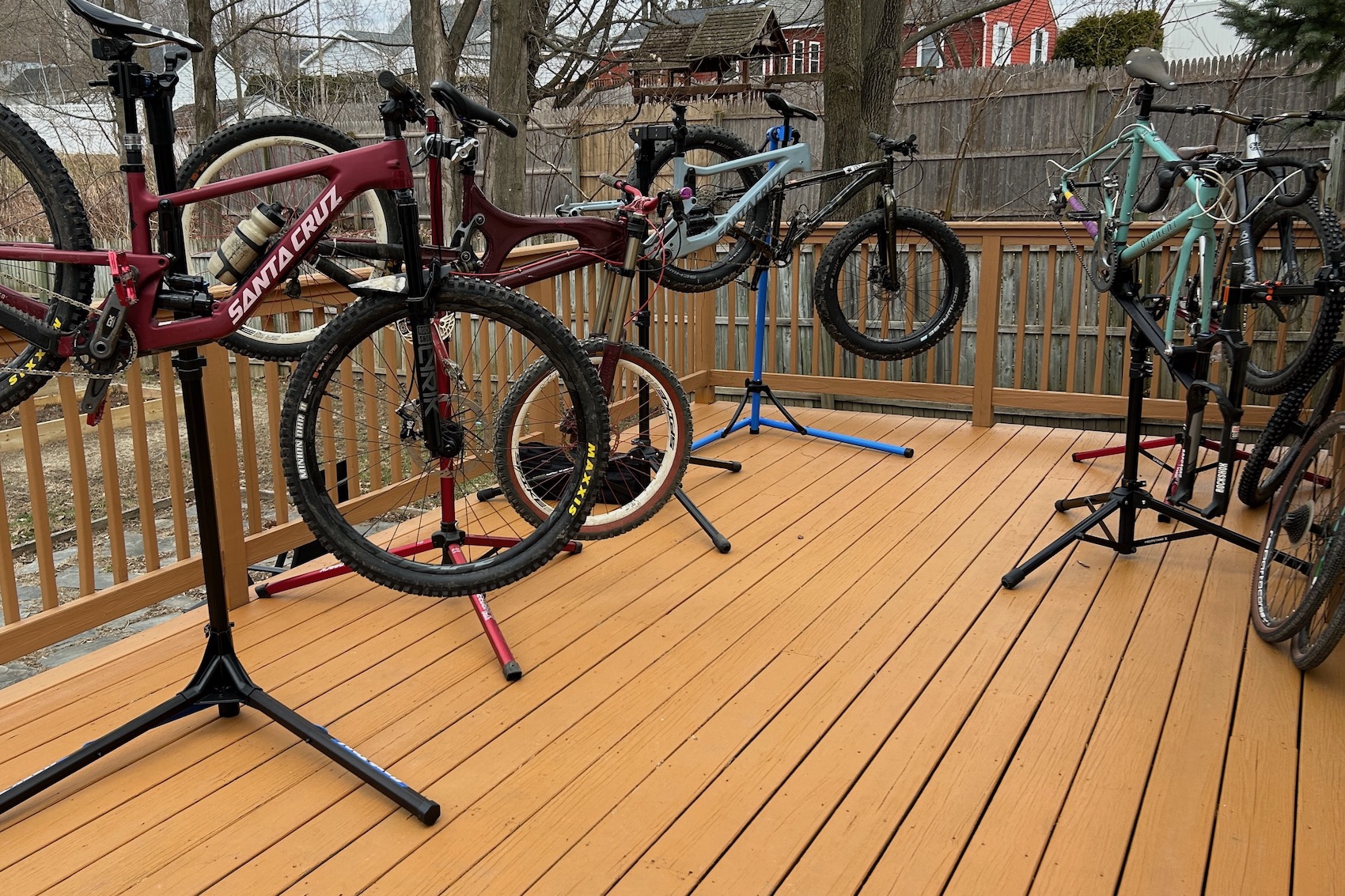Choosing a bike helmet can be tough. From mountain and road biking to commuting and casual cruising, there are so many ways to be a cyclist. And the variety of helmets on the market reflects that.
But choosing a bike helmet doesn’t have to be complicated. Consider your needs, like your preferred riding type, where and how often you ride, and your budget. Keep these factors top of mind when considering your next helmet.
As a premier expert in the cycling world, MET knows a lot about bike helmets. It’s not just what the brand does — it’s all it does. No matter the category, challenge, race, or discipline, if you’re passionate about getting around on two wheels, MET (and its gravity-specific brand Bluegrass) is a source for cranial protection.
We’ve asked them some tips on how to choose the right helmet for you.
Check Out MET HelmetsDefine Your Riding Type and Needs
A commuter doesn’t need the same helmet as a Tour De France competitor, like Tadej Pogacar. That’s why helmets are designed with a clear purpose in mind, adjusting their characteristics depending on the intended use and riding style.
Starting from scratch, MET’s designers consider a discipline’s demands and build features tailored to that activity. Are you a speed-obsessed roady who loves to challenge himself on alpine climbs or long tours, on a weekly basis? You will be for sure looking at high ventilated, low weight and aerodynamic helmets like the MET Trenta 3k Carbon Mips.

In the MTB game there are also a lot of options that span open-face models to ones that offer full-face, mug-saving chinbar coverage like the Bluegrass Vanguard Core. Having the level of protection match your riding style is crucial so you can be aggressive on trails with a peace of mind.
This approach is also valid for the urban realm. Whether e-bike commuting through dense streets, delivering packages as a courier, or just hammering laps through your favorite part of town, you won’t need the same kind of helmet. For example, the Intercity Mips includes an adjustable windshield visor to keep rain and debris out of your eyes, as well as an enhanced impact rating that keeps your safety at the forefront. Others are lighter and more ventilated, perfect for a casual use.
And let’s face it: Folks love getting their kiddos in the saddle early. But taking those first rides can be rough, so MET’s child helmets, like the Hooray Mips, include fontanelle-protective designs built to shield your kiddo’s most sensitive cranial zones.
Budget & How Often You Ride
Once you’ve dialed in your needs as a rider, it’s time to assess what you’re willing to invest. If you ride every day, sleep and breathe cycling, and plan your schedule around your rides, it’s reasonable to spend more on a helmet. However, if you’re a fair-weather cyclist or part-time hobbyist, you can get away with not splurging on a top-shelf design.

Either way, a helmet is the most important part of your kit and is absolutely essential to your safety. Higher-priced helmets are more conducive to everyday, intensive use, including durability and build quality. For example, an entry-level MTB helmet won’t have a polycarbonate covering or EPS foam, as opposed to a top-range helmet, like the Roam Mips. This makes it more durable for extensive use.
That said, it’s important to note that MET states that regardless of where you land on the pricing spectrum, they provide the same best-in-class safety, performance and protection, with all models being subject to the same tests in their internal laboratory and to the same certifications.
Specific Features
Another important buying consideration: What specific features stand out as important to you as a rider? You might want an adjustable visor to fit glasses and goggles underneath.
Maybe you’re a savage MTB rider who likes to mix it up between rocking full-face protection or a more minimalist shell design. If that rings a bell and you crave the flexibility of a convertible model, the Parachute MCR does just that.
Perhaps you do a ton of road, gravel, or urban street cycling, and bright rear lights are essential. These can be included with the helmets (like the Allroad Mips) or sold as ad-on like the Magnetic USB Led Light.
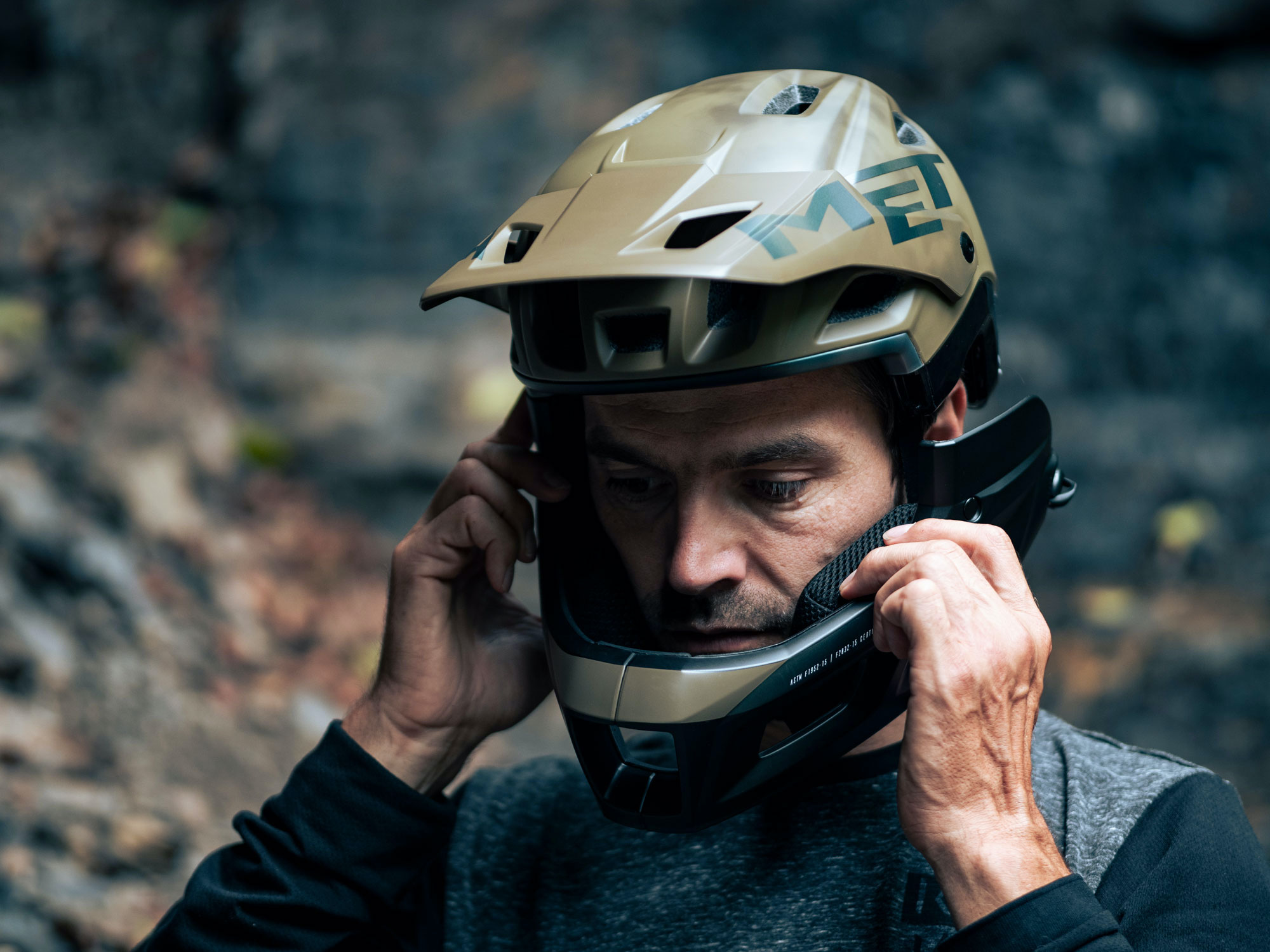
Fit & Comfort
Once you’ve decided on price and features, it’s time to address arguably the most important thing: fit and comfort. It might seem like common sense, but the best helmet is so comfy you’ll forget you’re wearing it.
Start by looking for a 360-degree retention system with micrometric adjustment. This allows the helmet to match your head’s structure while avoiding uncomfortable contact points with the helmet’s shell.
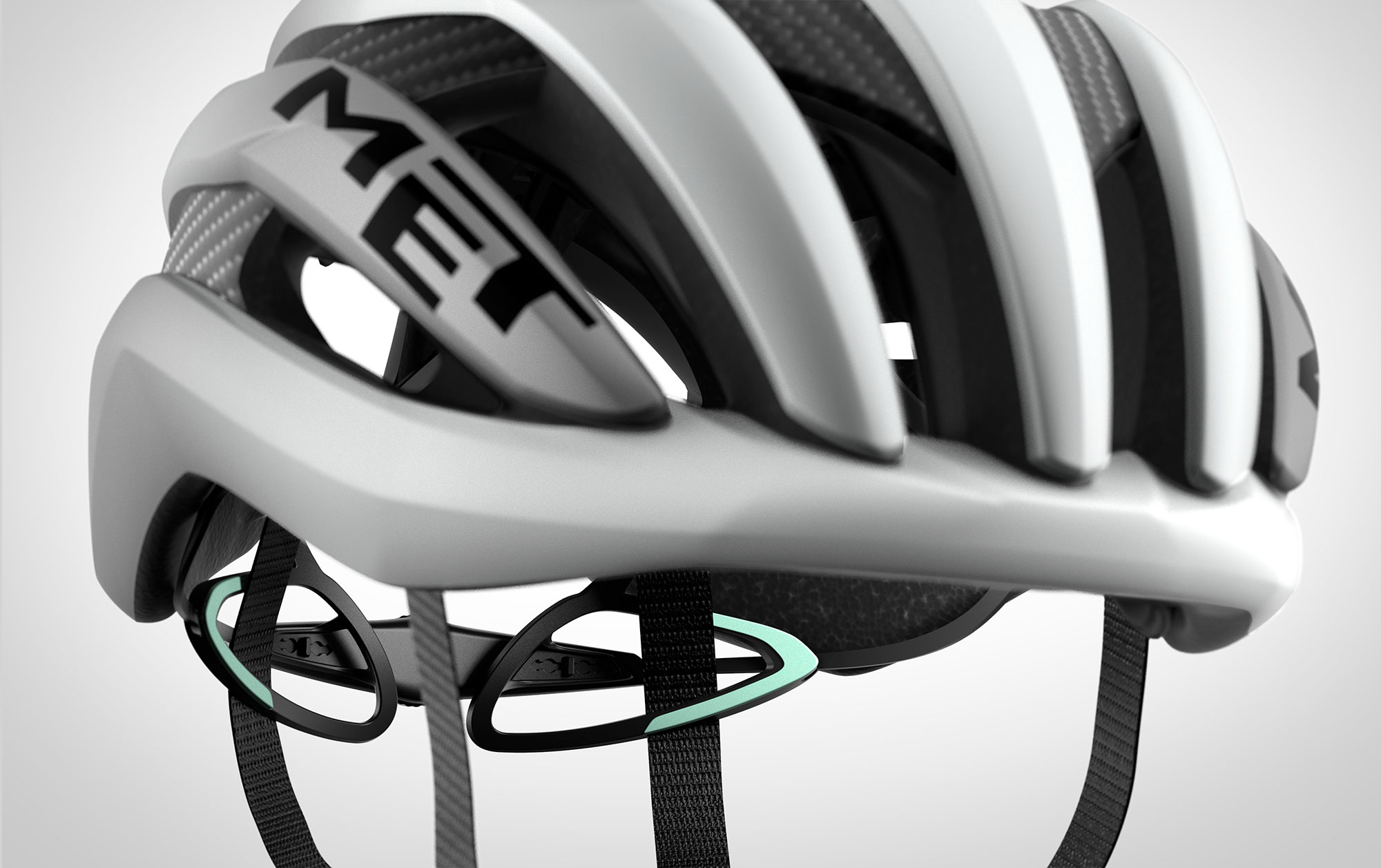
Also, be sure to find a helmet that includes vertical adjustment of the retention system and adjustable ear straps. These features will help avoid unwanted noise and incorrect positioning on your head.
As for ventilation, check if the helmet has internal air channeling in order to maximize airflow. Some helmets have technologies that enhance ventilation, like the NACA vent and exhaust ports found on the MET Rivale Mips.
Safety Standards
On an international level, some countries and regions use different safety standards and certifications. if you live in the United States, you’ll want a CPSC-compliant helmet. Similarly, if you live in the European Union, be sure that your helmet is CE-compliant. An AS/NZ-certified helmet is required if you live in Australia or New Zealand.
Some additional certifications might be worth checking. A full-face helmet should be ASTM-certified (shell and chinbar), and an NTA certification is always a plus because it verifies the helmet has been tested at higher speeds.
Choosing a brand that specializes in cycling helmets — like MET — adds an additional level of confidence because of the brand’s high level of research, development, and testing. MET is one of the few brands to have in-house testing facilities that can replicate various international assessments.
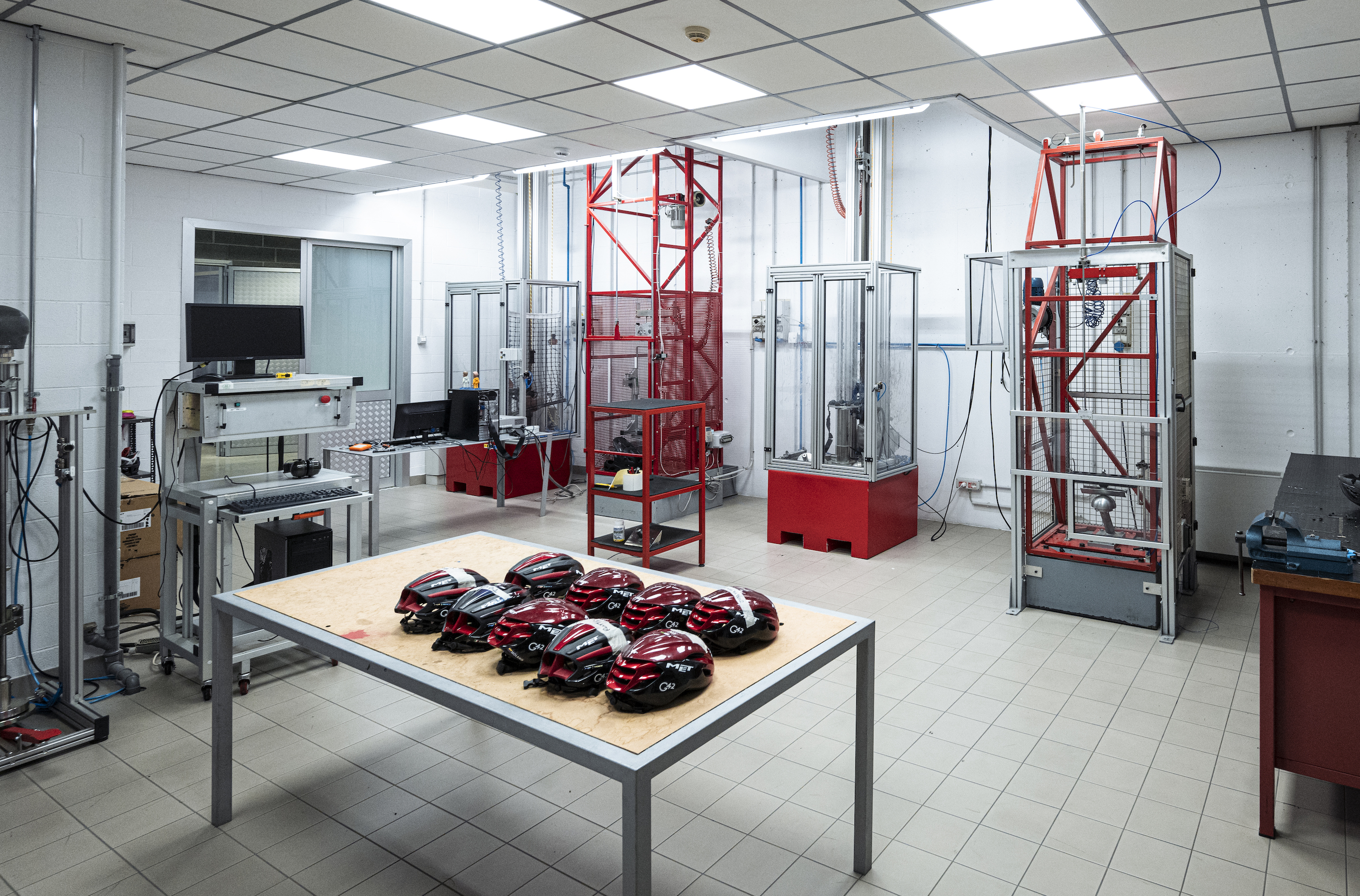
Beyond certifications, a rotational device like MIPS helps the helmet to be more reactant in the case of rotational impacts. Virginia Tech created a helmet safety rating system that can help you choose your helmet. By testing both rotational and linear impact energies, Virginia Tech’s system is a great way to go deeper in your research. The university doesn’t test every helmet, so just because it hasn’t reviewed a helmet doesn’t mean it’s unsafe.
Additionally, rear-light compatibility is a big plus for safety. Check if there is integrated or optional light availability (like the MET Vinci Mips). Lights like the MET magnetic USB LED Light are specifically tested to confirm their reliability in case of a crash. Such models include automatic darkness detection — useful when riding in/out of tunnels — and numerous modes to suit any riding condition.

With so many choices, and with your safety on the line, it’s worth surveying your options. By researching the above criteria, you’ll find the perfect helmet for years of riding to come.
Check Out MET HelmetsThis article is sponsored by MET Helmets. Check out its helmets online.




